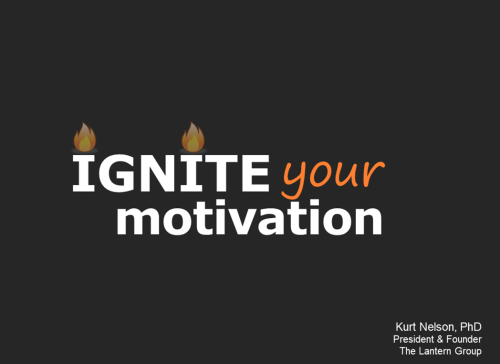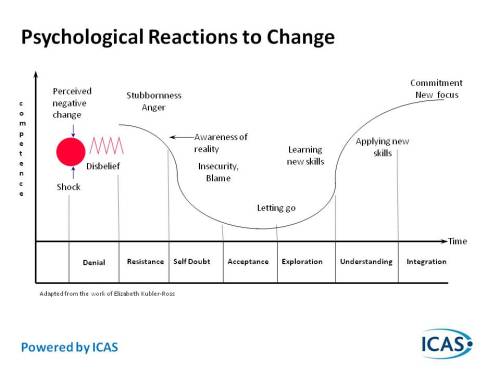
Janelle and her 10,000 Step Tracking Chart
Curiosity
Driving home from a wedding on January 2nd 2016, my wife was looking at her Facebook feed on her iPhone and made a little exclamation, “Wow!”
Of course that made me curious, so I said, “what was that for?”
“An old colleague of mine just posted that she walked 10,000 steps every single day last year.” she stated.
Now I was really curious, “Can you get me an interview with her!”
Fast forward a month and half and I sat down with Janelle at a coffee shop on the campus of the University of Minnesota where she worked. For the next 60+ minutes I was enthralled listening to her story and asking a ton of questions.
“How did you do it?” “What was your motivation?” “How were you supported?” “What was the hardest part?” “Why?” “What insight can you give to people who want to achieve something like this?”
Some facts first:
Total steps in 2015: 6,456,950 (that is 6 million, 456 thousand, nine hundred and fifty) totalling 2,818 miles walked.
May 2015 was her most active month with an average of 21,388 steps per day and her most active single day of 80,606 steps.
Dang – that’s impressive!
February 2015 was her least active month with an average of 14,190 steps and her single lowest step count on any day was 10,016 (just 16 steps over her goal) on January 16th, 2015.
See more stats at http://www.nivens.me/blog/2015-fitbit-stats
How Janelle did it
I wanted to know how Janelle did it.
Walking 10,000 steps everyday is not easy nor is it a task that you can do by just forming a new walking habit.
It takes concentrated effort and dedication. It requires that you have an emotional commitment to achieving your goal. It takes support from friends and family and sometimes even strangers. It takes coming up with hacks to motivation to keep that fire going all year long.
In my interview, I wanted to find out if Janelle employed any of the six actions that I’ve identified as being key to successful change (see here) and (here). When I asked her about how she did it, she used all six to some extent: Engaging her emotions, Plotting her progress, socializing her support, harnessing her habits, enabling her environment, and preparing her plan to overcome obstacles.
Janelle engaged her emotions.
One of the key concepts from the change work that we’ve done, is that purposeful change is more likely to succeed if you actively engage your emotions.
Rational change, we found, is not sustainable. However, emotions are hard to consciously activate.
We’ve found that one way to hack into those emotions, is to align your change with your self-identity. If you can align your change behaviors with who you perceive yourself to be, then your behaviors become easier, and when you behave in ways not aligned with that self-perception, you feel angst to come back into alignment.

When your behaviors and self-perception don’t match it creates a sense of cognitive dissonance – a pull to change something to get the image and perception back in alignment
Within the first five minutes of the interview, without prompting, Janelle stated, she identified herself as a “walker”. She talked about how she always liked to walk, how she walked with her mother when she was younger, that when she walked, she felt better. In her mind, she identified who she was as a “walker” and that implied that she behaved in certain ways (walk instead of drive when possible, take the stairs – not the elevator, etc…).
By identifying herself as a walker, she was emotionally invested in those behaviors. It made it easier to do them and harder to not do them. Here is a picture from her Facebook page (Minnesotan’s will recognize the famous Walker Art Museum):

Janelle plotted her progress.
Plotting ones progress towards a goal is important. Research has shown that progress, no matter how small or insignificant, provides humans with great satisfaction. We know from behavioral economics that the closer you get to a goal, the more motivated you are to achieve it (see here).
Of course Janelle had her fitbit to track her steps…but that wasn’t all – she had her calendar. Janelle had gone online and bought a special full year calendar (from Europe), had it shipped over and framed. This was hung in her home office where she saw it every day.
Each day that she walked 10,000 steps, she added a sticker to that calendar. Different colors represented different step counts. Yellow was 10K, blue was 15K, and red was 20K.
One interesting side note, was the amount of stickers she had actually added to her motivation. Here is how she describes it:
“In November and December I gained some motivation by the fact that I was running out of yellows and eventually blues. So, I had to walk more to get to the 20K level (red).”
She also set up motivational milestones. She created a “walk wish-list” of different places or walks that she wanted to do. She posted these to her Facebook page (adding a social element that we will talk about later). When she achieved these walks, she was able to check them off her wish list.
Additionally, Janelle joined a fitbit group (again, we will talk more about the social aspect of this in a bit) that had different walking challenges. Fitbit calls these challenges, “a fun way to help you stay motivated by competing with friends and family.” These mini-challenges helped provide ongoing ways to measure her progress.
Her fitbit group also had a leaderboard that showed her daily steps compared to those in the group. This was a way to track her progress not only against her goal, but as part of a fun competition against others.
Janelle socialized her support.
When she decided to commit to her 10,000 steps a day for a year challenge, she purposely posted her decision on her Facebook page. She told me that she did this to create accountability. By publicly stating her intentions, she enlisted her Facebook friends to become part of her social support team and keep her on task.
We often feel more pressure to do things for other people than we do for ourselves. I call this “other focused motivation.” For some people, this motivation is much stronger than the motivation that they have to complete things for themselves.










